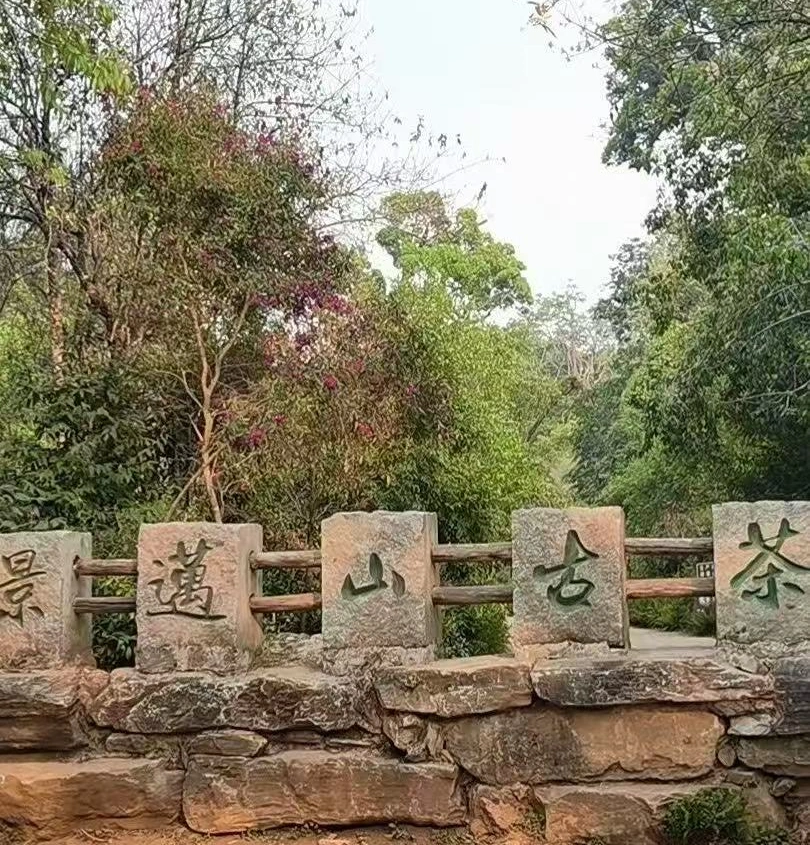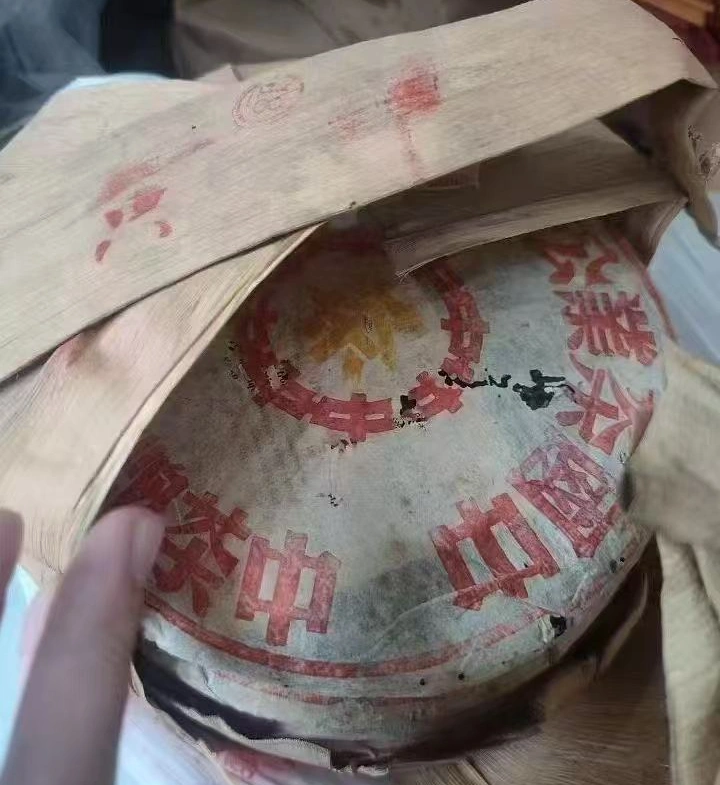Pu-erh tea isn’t just a drink—it’s a living tradition. Hailing from Yunnan, China, this fermented tea has gained a cult following worldwide, not only for its rich, earthy flavors but also for its science-backed health perks. Whether you’re a tea newbie or a seasoned collector, understanding Pu-erh’s unique properties will transform how you brew and appreciate it.

1. Unique Origins: Where Earth and History Meet
Yunnan’s mist-shrouded mountains are home to ancient tea trees, some over 400 years old. These giants grow in mineral-rich soil, absorbing nutrients that give Pu-erh its signature depth. Centuries ago, tea caravans carried compressed Pu-erh cakes along the Tea Horse Road, trading them for horses and salt. This rugged journey naturally aged the tea, sparking its “yuè chén yuè xiāng” reputation—”the older, the better.”
2. Production Secrets: From Leaf to Elixir
Pu-erh comes in two main types:
Raw (Sheng): Sun-dried and naturally aged. Think of it as “slow food” for tea lovers—it matures over decades, developing complexity like a fine wine.
Ripe (Shou): Invented in the 1970s, this version uses a sped-up fermentation method called wo dui. Microbes like Aspergillus niger work their magic in 60-90 days, turning bitter leaves into mellow, ready-to-drink tea.
3. Science-Backed Health Benefits
Modern research reveals why Pu-erh is dubbed the “weight loss tea”:
- Cholesterol Buster: Its natural lovastatin (yes, the same compound in cholesterol meds!) teams up with gut bacteria to flush out bad LDL cholesterol.
- Antioxidant Power: Theabrownins—unique to fermented teas—outperform green tea’s catechins in neutralizing free radicals.
- Gut-Friendly: Studies show Pu-erh’s microbes may boost good bacteria like Bifidobacterium, easing digestion.
4. Aged vs. Young Pu-erh: A Flavor Showdown
Confused about aging claims? Let’s break it down:
| Aspect | Aged Pu-erh (15+ years) | Young Pu-erh (1-5 years) |
|---|---|---|
| Taste | Silky, with notes of dried fruit and Chinese medicine | Fresh Sheng: Grassy & astringent; Shou: Earthy & bold |
| Color | Deep amber | Sheng: Golden; Shou: Ruby-red |
| Caffeine | Lower (breaks down over time) | Higher |
| Price | $$$ (Beware of fakes!) | $ |
Pro Tip: True aged Pu-erh should smell like a forest after rain—not musty! Store tea in a dry, odor-free space.

5. Brewing Like a Pro
Tools:
- Yixing Clay Teapot: Enhances Shou Pu-erh’s earthiness (but dedicate it to one tea type!).
- Gaiwan (Lidded Bowl): Best for appreciating Sheng’s evolving aromas.
Steps:
- Rinse First: Pour boiling water over leaves (5 sec) to “awaken” them and remove dust.
- Steep Smart:
- Young Sheng: 90-100°C , 15-20 seconds per infusion
- Aged/Shou: 100°C , 20+ seconds
- Reuse Leaves: High-quality Pu-erh can brew 8-20 times! Notice how flavors shift from floral to woody.
6. Myth-Busting
❌ “Older is always better.”
✅ Truth: Only well-stored tea improves with age. Poor storage ruins even 50-year-old cakes!
❌ “Pu-erh replaces cholesterol medication.”
✅ Truth: It’s a supplement, not a substitute. Consult your doctor first!
Conclusion
Pu-erh tea is where ancient wisdom meets modern wellness. Whether you sip it for its calming ritual, health perks, or collectible allure, this fermented marvel offers something for everyone. Ready to start your Pu-erh journey? Remember: The best tea isn’t the most expensive—it’s the one that resonates with your palate.



